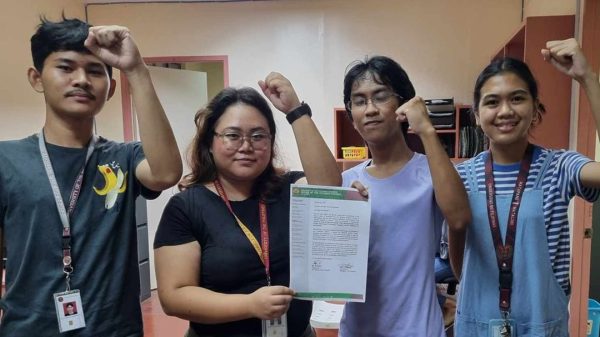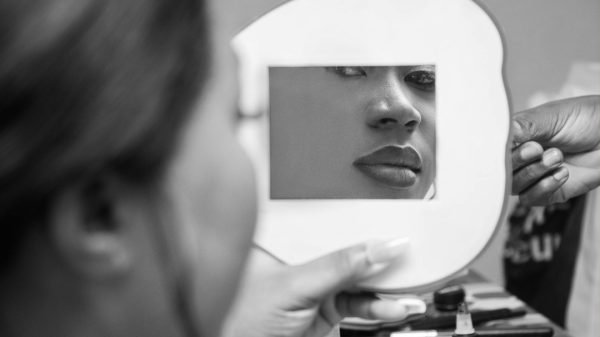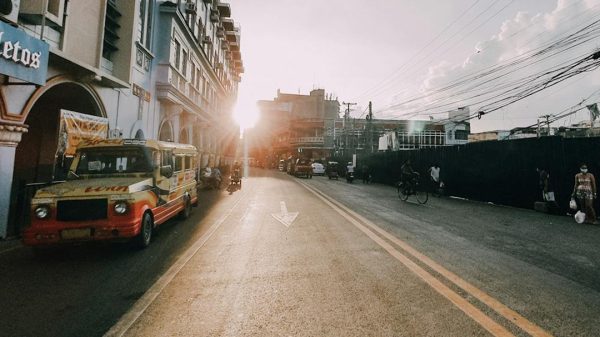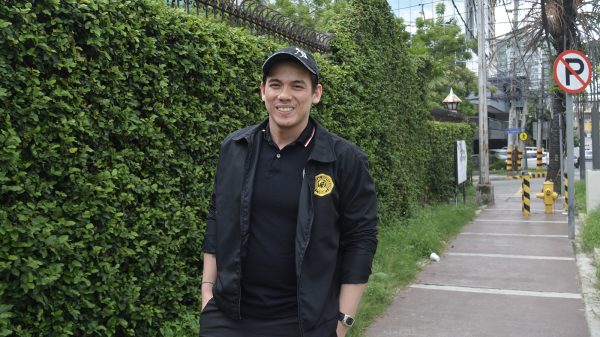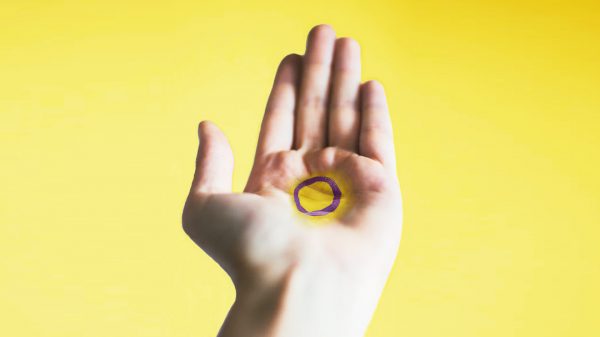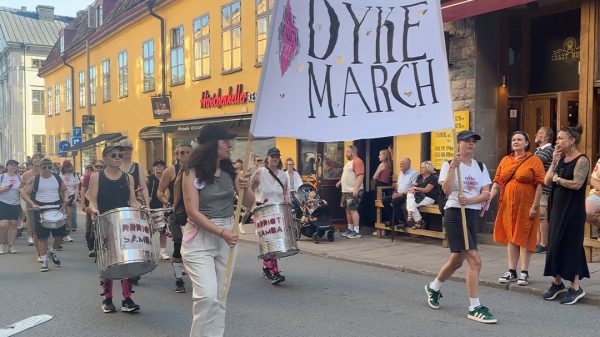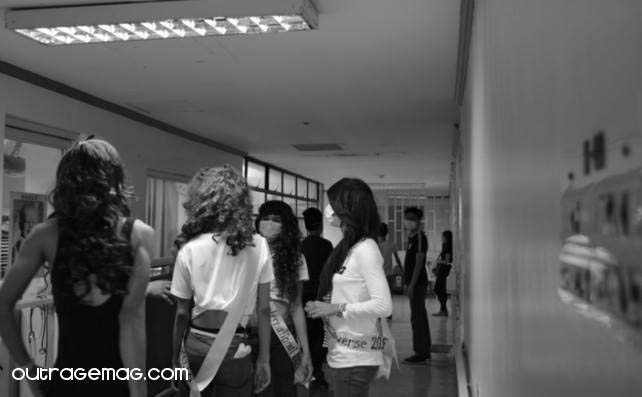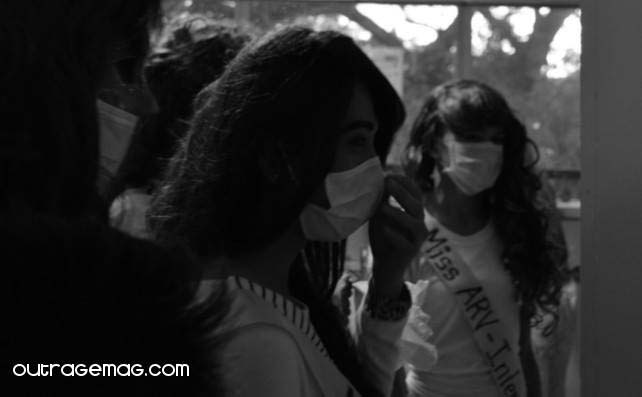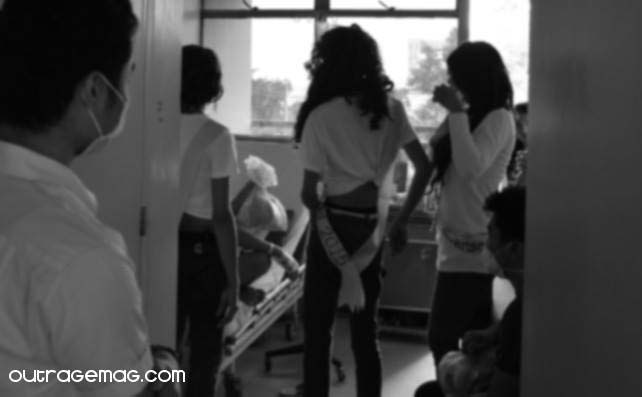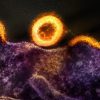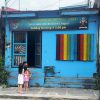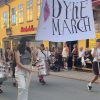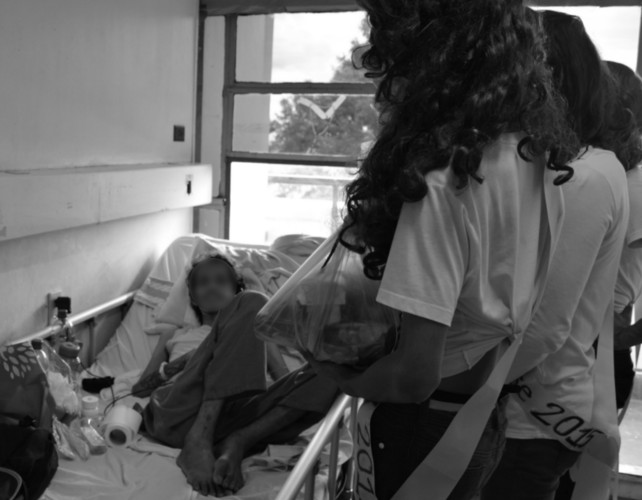
As the Red Ribbon Project eyes to help the country get to zero (i.e. zero new HIV infection, zero AIDS-related death, and zero HIV-related discrimination), its beauty queens – Binibining ARV-Universe, Bb. ARV-World and Bb. ARV-International; joined by Miss ARG 2012 – gives the “beauty with a purpose” tagline flesh, this time by reaching out to Filipino PLHIVs in RITM.
“That there’s still something to live for,” is the goal of the outreach, said Pozzie Pinoy, who helms Red Ribbon Project – seconded by Bb. ARV-Universe, who said in the vernacular that “if we can – even for a while – shed some hope, that’s good and well.”
On December 29, The Red Ribbon Project was contacted by a doctor from one of the HIV treatment hubs in Metro Manila to ask for help for a person living with HIV (PLHIV) under its care. Specifically, “six units of blood was needed by (the PLHIV whose hemoglobin was just 60),” recalled Pozzie Pinoy, who helms The Red Ribbon Project.
 The patient was referred to the Philippine Charity Sweepstakes Office (PCSO), with the mother given an endorsement to go to the Philippine Red Cross, where she was to get the blood for free.
The patient was referred to the Philippine Charity Sweepstakes Office (PCSO), with the mother given an endorsement to go to the Philippine Red Cross, where she was to get the blood for free.
“The mother – after getting the blood supply for free – was already on her way back to her son, but she was too late. By the time she reached the (treatment hub), her son has passed away,” Pozzie Pinoy said.
Unfortunately, such cases continue to be encountered by The Red Ribbon Project, which laments the continuing weak response of the Philippine government in dealing with the continuing worsening HIV situation in the country.
“What remains lacking is the acceptance of the government that we have an epidemic in the country. Unless the government acknowledges this, and makes an all-out war against HIV, then the government will continue to be ineffective in bringing down the cases of HIV in the country,” Pozzie Pinoy said.
This comes in time, too, as the National Epidemiology Center (NEC) of the Department of Health (DOH) reported another spike in the number of new HIV cases in the Philippines for the month of November.
CONTINUING WORSENING SITUATION
In November, the STD/AIDS Cooperative Central Laboratory (SACCL) reported to NEC’s HIV and AIDS Registry 492 new HIV cases, a figure 28% higher compared to the 384 registered for the same period last year. Most of the new cases (96%) were male, with the 20-29 age group having the most number of cases (56%). Sexual contact remained the main mode of transmission (464 cases); particularly, males having sex with other males was the predominant type of sexual transmission (85%).
According to the HIV and AIDS Registry, from January to November 2014, there were a total of 171 reported deaths. Ninety-five percent of them were male. The highest number of deaths occurred in the 25-29 age group (35%), followed by the 30-34 (22%) and 20-24 (13%) age groups. For the month of November, 11 deaths were reported to the HIV and AIDS Registry – 10 died within the month, while the other died prior to the reporting month.
It is worth noting that while the DOH has a separate reporting mechanism for HIV or AIDS-related deaths (established in 2012), the numbers reflected may still be an understatement of the total number of deaths among people living with HIV in the Philippines.
Considering that The Red Ribbon Project has firsthand exposure to providing care and support to PLHIVs, Pozzie Pinoy is critical how the existing data may not be reflective of what is really happening on the ground. “There are so many AIDS-related deaths in the country but have not been reported,” he said. “These need to be addressed because we can’t fully understand the severity of the country’s situation if we can only see the tip of the iceberg.”
According to the NEC’s HIV and AIDS Registry, most (83%) of the new HIV cases came from the National Capital Region (NCR), Region 4A, Region 7, Region 3, and Region 11.
In fact, since 1984 to present, almost half of the 22,018 cases reported came from NCR (9,885). Thirteen percent (2,806) came from region 4A, 9% (1,978) from Region 7, 8% (1,757) from Region 3, 6% (1,295) from Region 11, and the rest of the country comprises 15% (3,159) of all the cases.
Of the 5,502 HIV cases in 2014, 505 already progressed to AIDS. Since 1984, there were 2,011 AIDS cases reported.
As of November 2014, 414 blood units were confirmed positive for HIV by RITM. There is no available data yet on the total number of blood units donated.
HELP THE HIV COMMUNITY HELP ITSELF
Also, even if the number of PLHIVs in the country run to 20,000, the HIV and AIDS Registry reported that as of November 2014, still only a total of 8,274 PLHIVs are presently on antiretroviral therapy (ART) – meaning, this is the number of PLHIVs enrolled and are accessing antiretroviral medicines (ARVs) in the 19 treatment hubs in the country.
He also laments how the current responses seemingly continue to fail to take into account the fact that there are already PLHIVs. For instance, “access to empowerment trainings that can help the PLHIV community to be a strong driving force in helping the HIV situation is very limited. Up to now, more non-PLHIVs are doing the HIV talks rather than members of the HIV community.”
In the end, “people need to understand that HIV remains an important concern, particularly since up to now, the number of HIV cases in the country continues to increase despite efforts to stop its rise, when people are still dying because of late diagnosis and late treatment because of fear to be stigmatized by the society and the lack of facilities of hubs to cater to the treatment needs of their patients,” Pozzie Pinoy said. As such, while it is “ideal for the PLHIV community to start helping with the awareness programs, of bringing people to the HIV testing centers, of making the health care system work for everyone,” there is a need to be cognizant that “PLHIVs are always scared to step up because they think that they might be stigmatized, and their actions might be scrutinized.”
As the Red Ribbon Project eyes to help the country get to zero (i.e. zero new HIV infection, zero AIDS-related death, and zero HIV-related discrimination), its beauty queens – Binibining ARV-Universe, Bb. ARV-World and Bb. ARV-International; joined by Miss ARG 2012 – gives the “beauty with a purpose” tagline flesh, this time by reaching out to Filipino PLHIVs in RITM.





